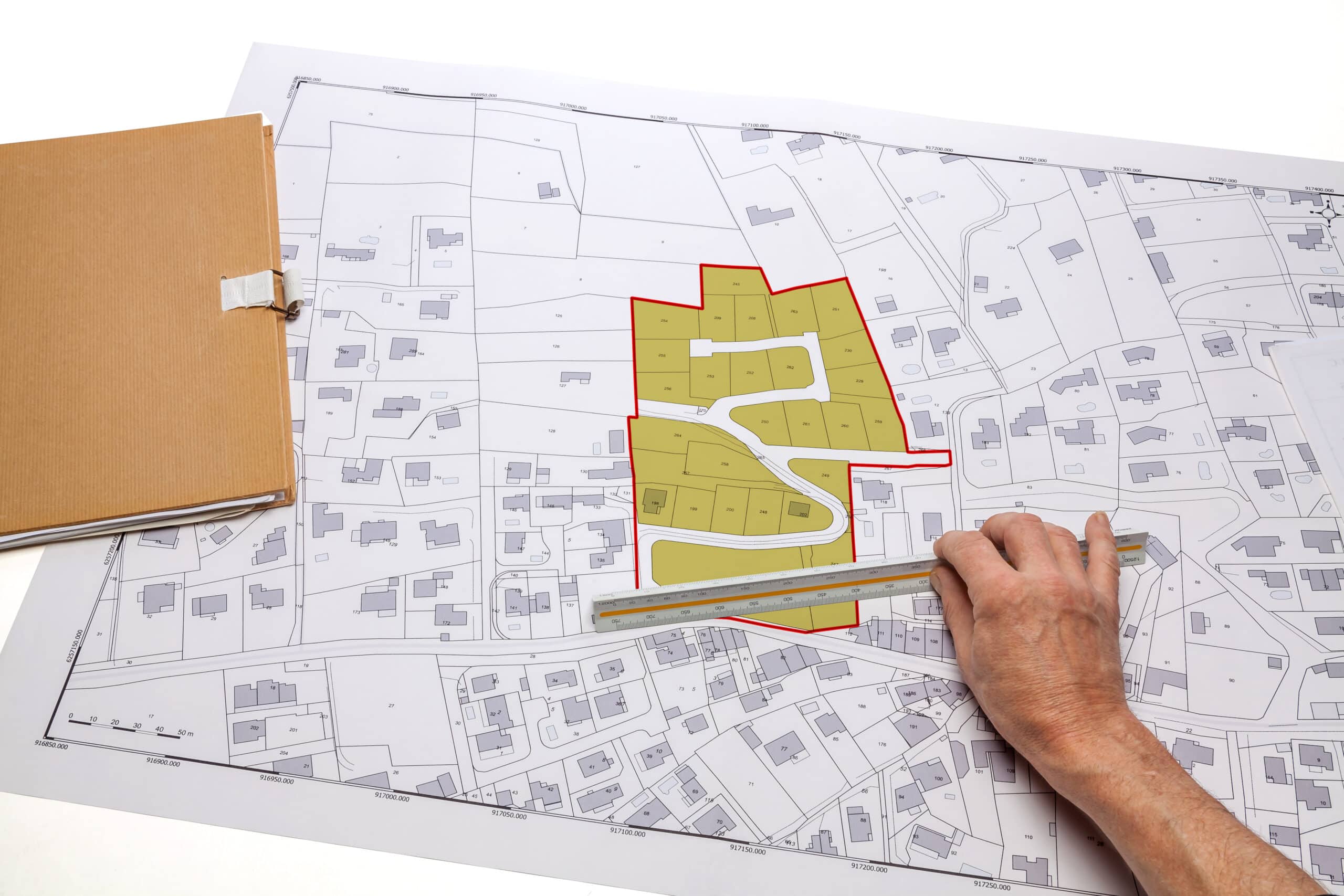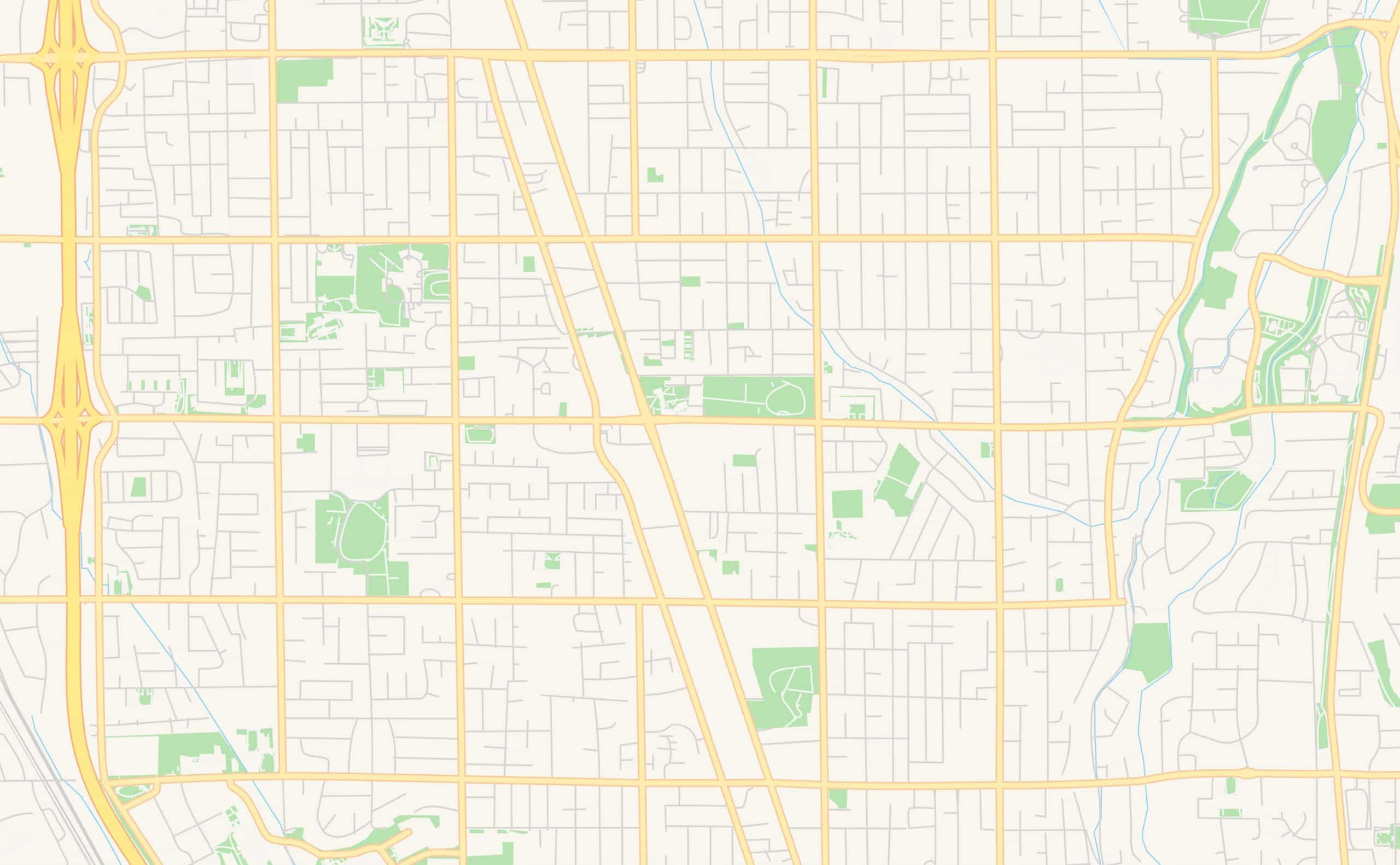
PZR Report™
The gold standard of zoning due diligence
Close deals and make smarter decisions with PZR's most experienced zoning data reports.
With PZR™ (The Planning and Zoning Resource Company) being part of LightBox, you can profit from the competitive advantages only the industry’s most trusted zoning leader can provide.

Key Takeaways
Gold standard for zoning due diligence
Close deals and make smarter decisions with PZR’s gold standard zoning data reports
Deep ties to 99% of municipalities
Making it easier to get the data you need for zoning due diligence and close
DUS compliance
Meets Fannie Mae third-party report standards
Unmatched range and scope
Experience providing zoning compliance reports on billions of dollars in transactions every year
Customized reports
Meet your exact needs and avoid costly zoning mistakes
Satisfies all Lender requirements
Providing information for 3-06, 3.1-06 & 3.2-06 zoning endorsement
PZR Report Analysis
Satisfies all Lender requirements.
LightBox PZR Report has developed a zoning report format supported by municipal documentation.
Our reports are accepted by every major Lender and Title Company in the U.S., including Fannie Mae and Freddie Mac, and provide due diligence necessary for the issuance of Zoning Endorsements and Law & Ordinance Policies.
Provides information to Title Company for the 3.1-06 and 3.2-06 Zoning Endorsement.
For a Sample Report you may view PZR Report Sample to review the content and format of our most comprehensive zoning due diligence product.

Use analysis report
Provides zoning due diligence to clients on an as-requested basis, often for raw land or property being considered for demolition/re-purposing
When a survey is not available or you are simply trying to find out if a particular use is permitted on your land, PZR Report also offers a use analysis report.
This is a step down from our full PZR Report as it only offers a conformance determination for the existing or proposed use.
For a sample report you may view zoning Document Sample to see if this scope service will meet your needs. This report can be modified in any way necessary to meet your specific needs.
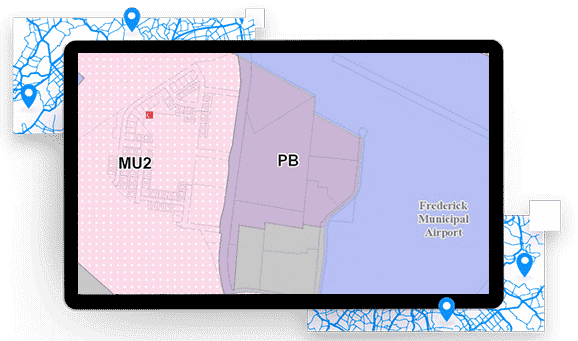
Executive summary report
Provides quick due diligence review
Provides a quick review for compliance as to the Use, Building Setbacks, Building Height, Density and Parking, based on a review of the Municipal website, and provides data needed for the issuance of the 3.1-06 Zoning Endorsement.
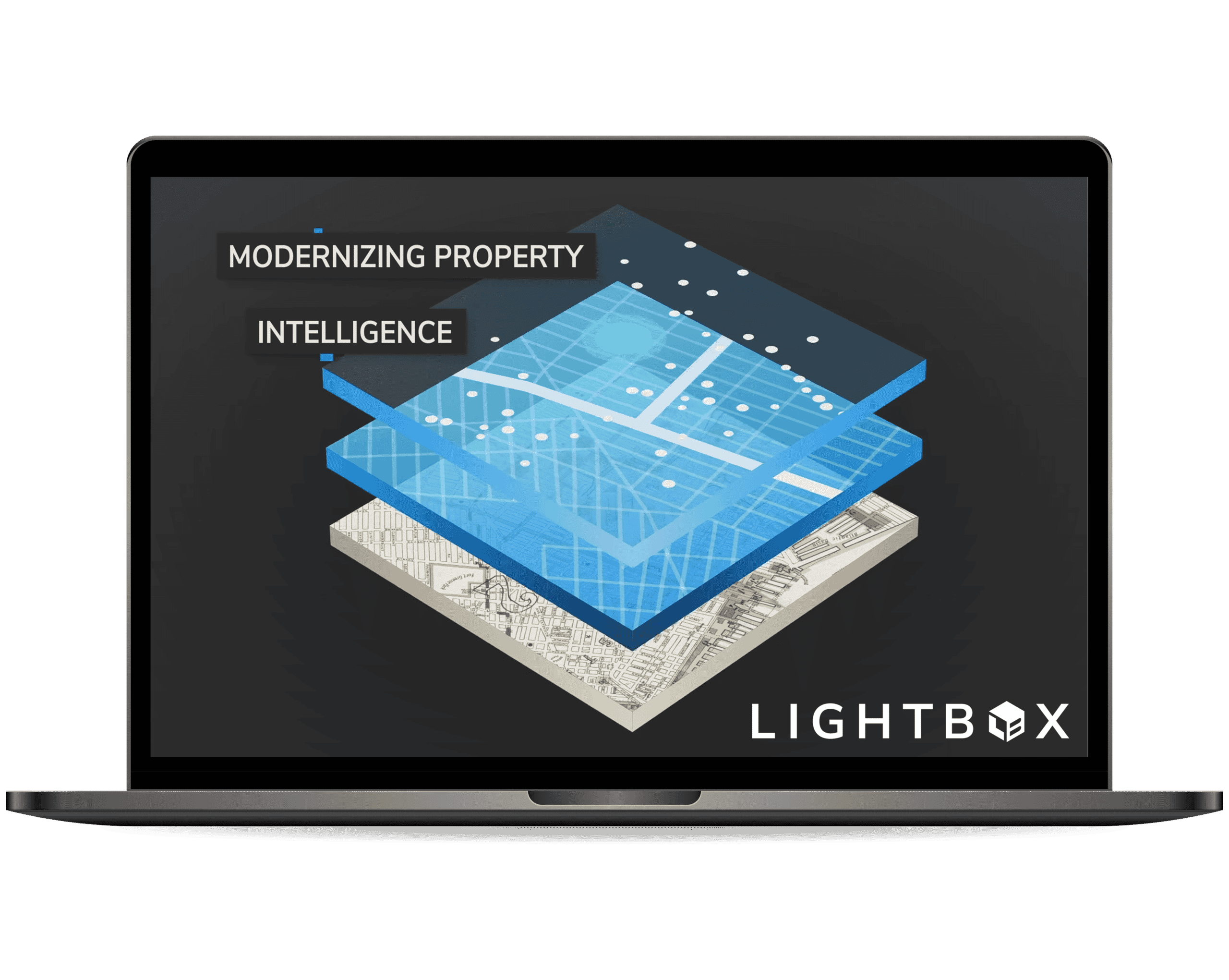
Document acquisition
Provides documents to clients on an as-requested basis
The Planning and Zoning Resource Company specializes in obtaining zoning and building code documents in all 50 states.
We have a team of information specialists who are experts in the field of document acquisition.
With access to a database of over 20,000 municipal contacts and a zoning library of over 6,000 zoning ordinances, our document acquisition team can coordinate and collect information with great speed and efficiency.
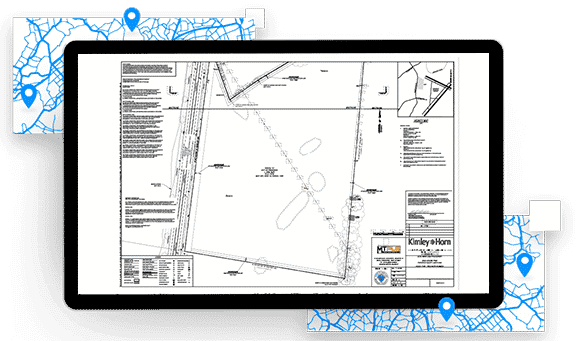
Title Insurer packet
Providing Information to the Title Company and/or Land Surveyor to comply with 2021 ALTA Survey Requirements.
PZR Report is available to partner with the title company and/or land surveyor in providing the information necessary to comply with the 2021 ALTA Survey Requirements (effective 2/23/21) in a very affordable and timely manner (usually within 1 week). No municipal documents are included with this report.
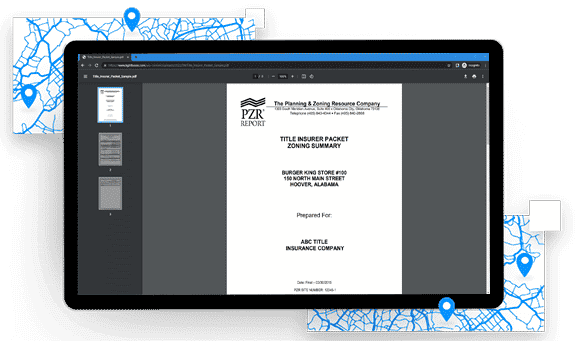
Order Now
Our staff is available to answer any questions you might have about your order.
Feel free to call Customer Support or email customer support at orders@pzr.com
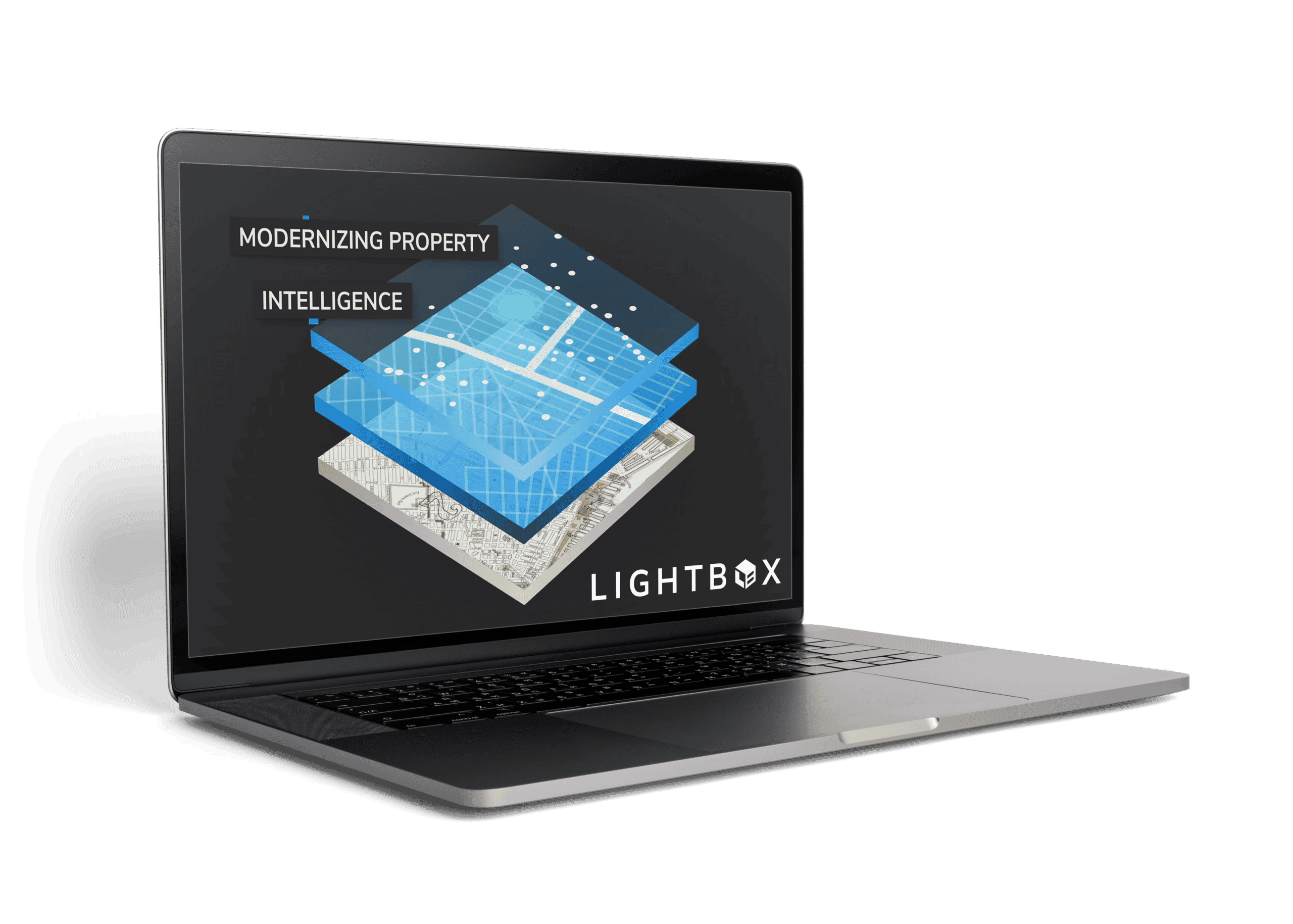
Rely on PZR products and services
PZR Report Analysis
PZR’s most comprehensive review, which provides the Conformance Status of your Property, as well as Historical Document Review and Violation Searches. Accepted by all Lenders and Law Firms Nationwide.
Executive summary report
Provides quick due diligence review
Provides information to Title Company for 3.1-06 Zoning Endorsement
Use analysis report
Provides zoning due diligence to clients on an as-requested basis, often for raw land or property being considered for demolition/re-purposing
Document acquisition package
Providing Zoning Verification Letter, Outstanding Zoning and Building Code Violations, and or Existing Certificates of Occupancy (if applicable) on an as-requested basis
Tile Insurer packet
Providing Information to the Title Company and/or Land Surveyor to comply with 2021 ALTA Survey Requirements
Have questions? Want a demo? Let’s chat.
Fill out the form below and a member of our Sales Team will contact you shortly.
Recommended Insights


Land scarcity, zoning and construction: Overcoming the building challenges facing municipalities across the country
